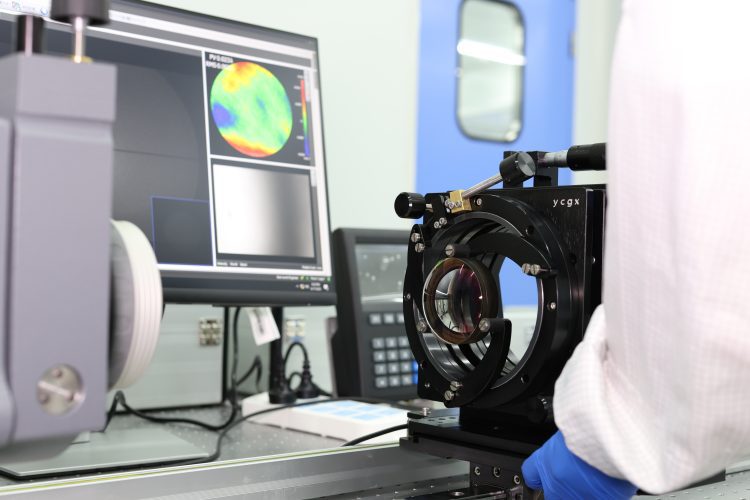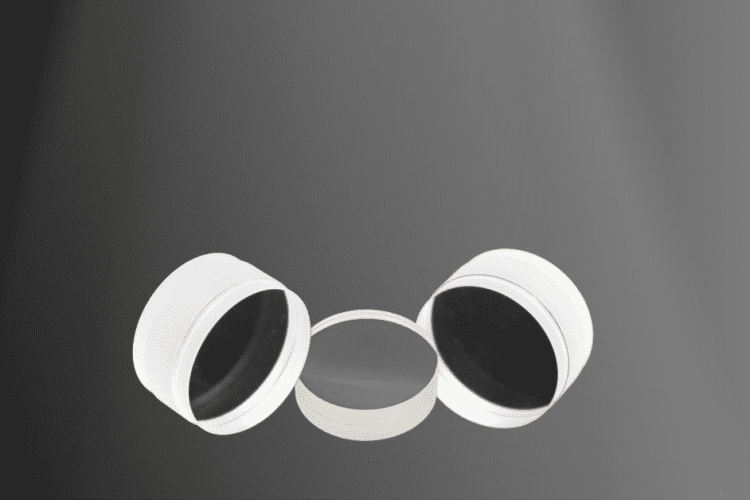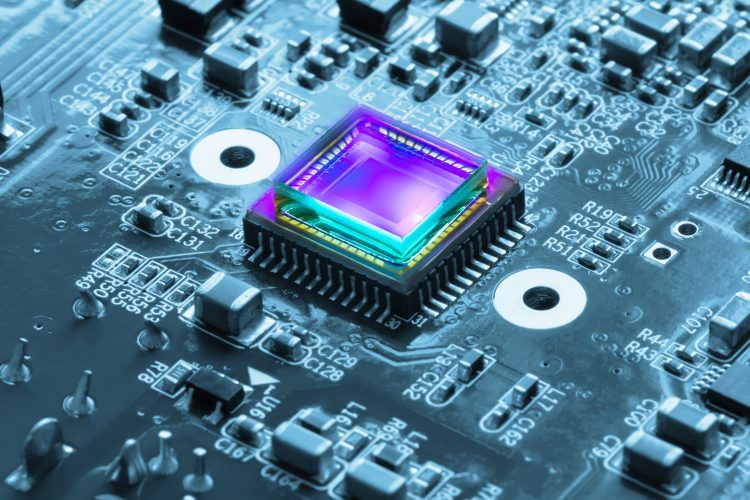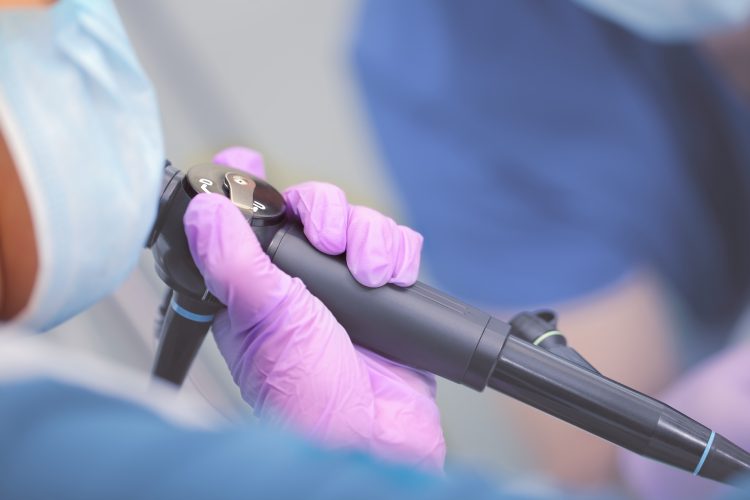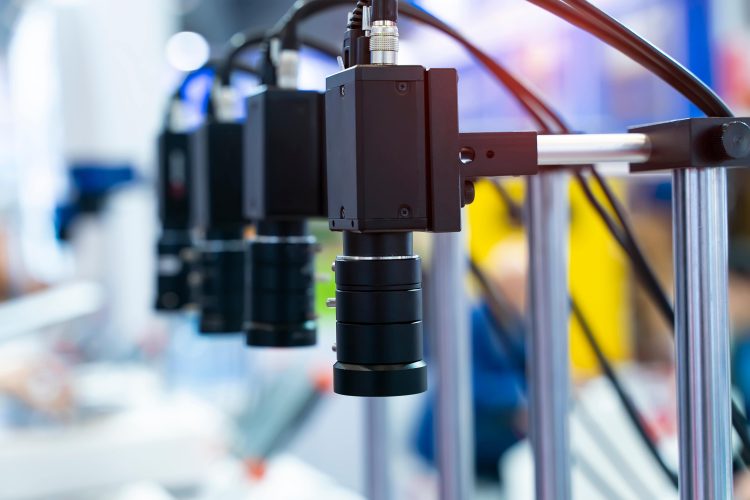Why is Optical Metrology Important? The Significance of Optical Metrology: Precision and Versatility Optical metrology, often underestimated, is a powerful and versatile tool that uses light to measure the characteristics of an object, leading to applications in various fields. This article delves into how optical metrology works, its numerous applications, and the advantages and disadvantages […]


